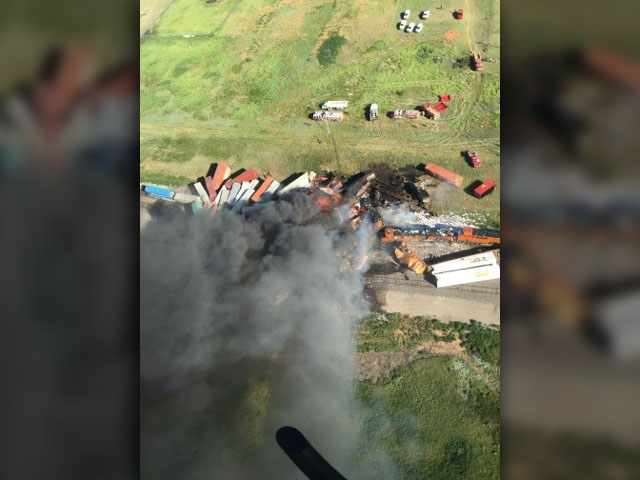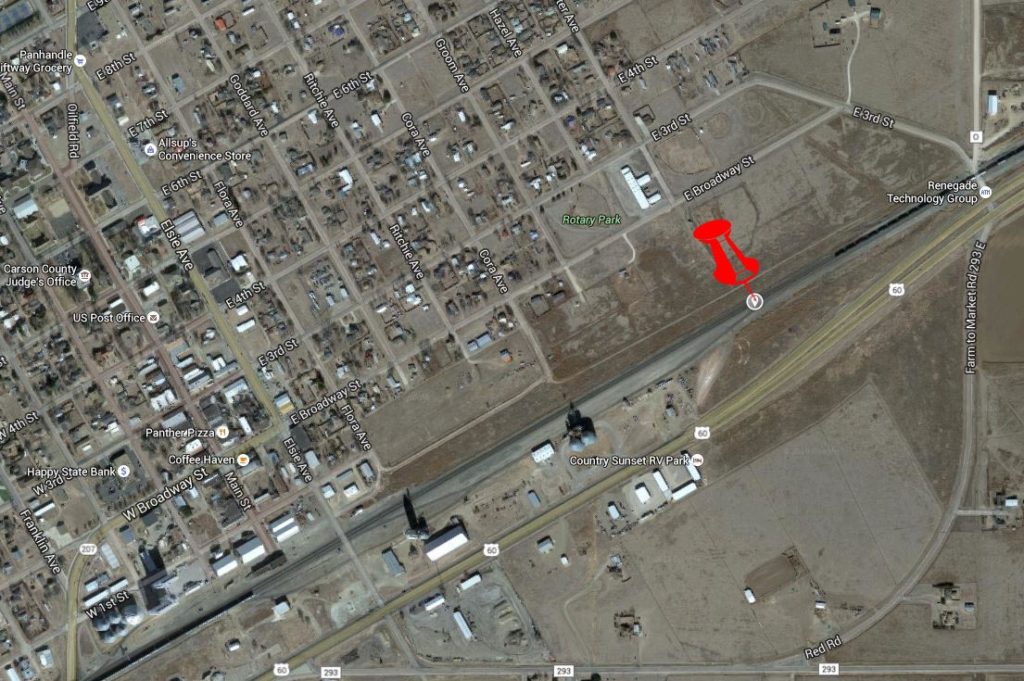
Train accidents involve roughly 3,000 people per year. In 2015, there were 147 collisions and 1,324 derailments, according to the Federal Railroad Administration. Eleven railroad employees were killed in 2015, as well, with a total of 771 people being killed in train-related incidents.
While train employee deaths are relatively rare, federal law is equipped to ensure the family members of such incidents are taken care of. The Federal Employer’s Liability Act requires that an injured employee prove that the railroad was negligent, at least in part, in causing the accident. Once negligence is established, the employee can recover 100% of their damages. Prior to FELA, if an employee was even 1% at fault, they were not allowed to recover any damages whatsoever. Congress passed FELA in 1908 in an effort to increase safety for railroad employees. At the time, a railroad worker had an average life expectancy of just seven years after beginning work for the railroad.
The law firm of Glasheen, Valles & Inderman has extensive experience with train wrecks, including the 2012 Midland train wreck that involved a float of disabled veterans, which settled for a confidential amount. Kevin Glasheen obtained one of the largest train-wreck verdicts in Texas, $65 Million, when his minor clients were left orphans after their parents were killed at a train crossing. Train wreck litigation is often complex, requiring a thorough investigation of the cause of the crash. It also involves several federal and state laws that apply specifically to railroads, so you want an attorney who has experience with train wrecks; you cannot rely on your run-of-the-mill injury attorney to handle such a case. If you or a loved one has been injured due to a train, it is best to seek the advice of an experienced attorney who can help determine if the railroad was at fault. Unlike most automobile crashes where fault and liability are fairly clear at the onset, railroad liability is not always obvious.
Original Post: Around 8:30 a.m. Tuesday morning, two BNSF intermodal trains collided head-on in Panhandle, Texasin the crash happened less than one mile east of the intersection of the train tracks and W Broadway St, just south of the baseball fields. Two sets of railroad tracks run parallel to each other and parallel to Highway 60. A representative from BNSF has confirmed that both trains involved are BNSF trains and that four BNSF employees were involved. One person has been taken to Northwest Texas Hospital in Amarillo and is in stable condition. A rescue operation is underway with respect to the other three employees.
The man that was taken to the hospital reportedly jumped from the train he was on before they two trains collided. The speed limit on the tracks at the location of the crash is 70 miles per hour, but it is unknown at this time how fast each train was going at the time of the crash. The cause of the crash is still unknown.
Emergency responders are asking drivers and members of the public to avoid the area. There is a large amount of debris, and a fire has broken out.
Emergency responders have begun evacuating the east side of Panhandle due to fears of smoke and possible grass fires heading towards the city as the winds have shifted to blowing west. There is no immediate threat of toxic waste contamination. Traffic is being diverted off Highway 60 and onto Highway 207.
Witnesses report hearing screeching sounds before the collision, as well as explosions soon after. One witness said the shock wave of the blast shoot the house she was in. Another witness said he ran up to one of the engines and called out to see if anyone needed help getting out, but he had to back away as the fire grew.
The National Transportation Safety Board (NTSB) has confirmed that it is sending a team to investigate the crash. The Federal Aviation Administration (FAA) has also shut down the airspace immediately over the crash site.
From KCBD: “The last BNSF accident involving a collision with another train was in December 2013 in Keithville, LA. Two locomotives and 11 cars from the train derailed when it met head-on with a Union Pacific train. Three front locomotives and one car from the UP train derailed. The likely cause of the 2013 accident was the BNSF conductor’s improper positioning for a switch onto a side track, according to the National Transportation Safety Board investigation.”
For more information, click one of the news links below:

